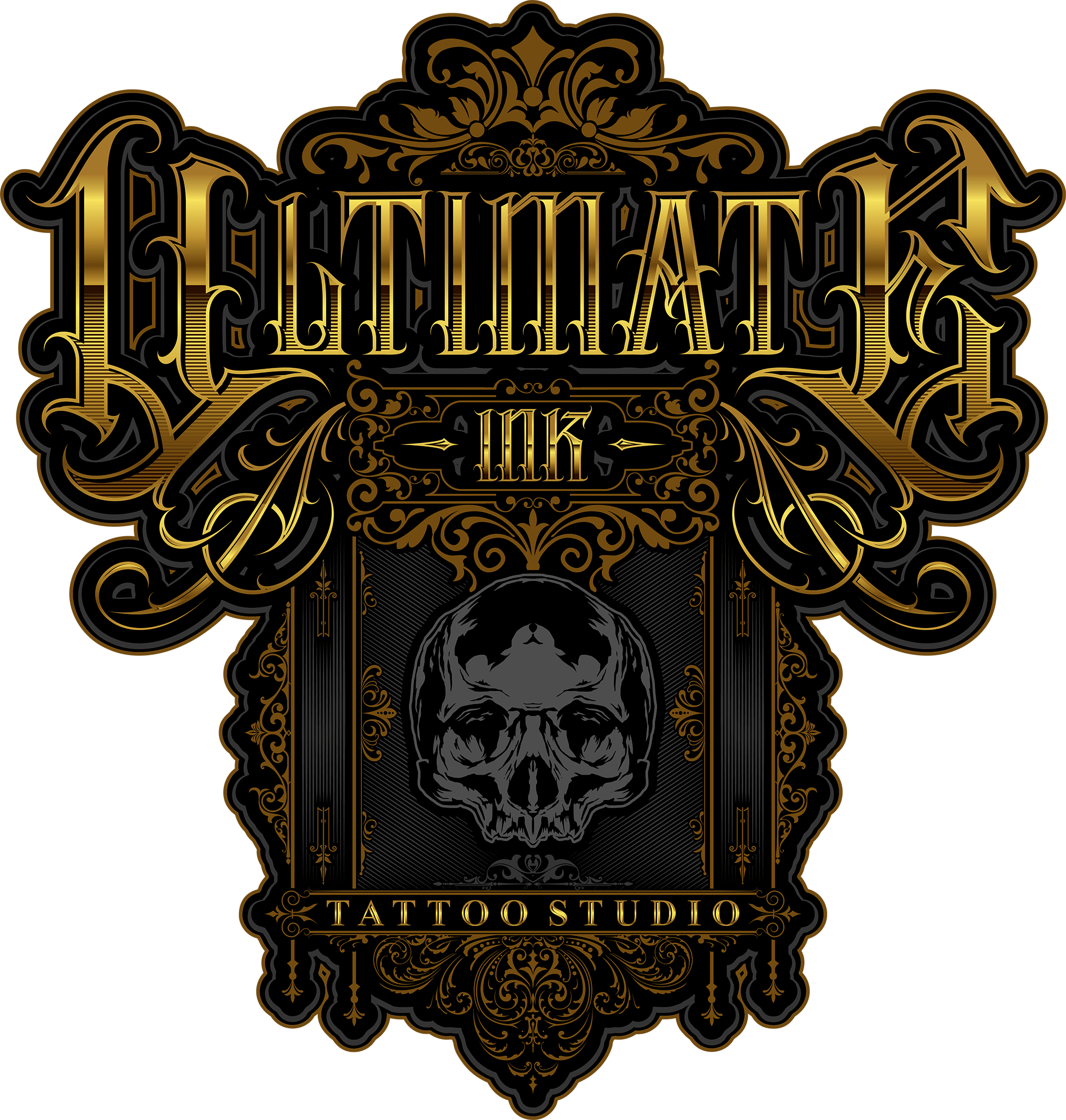Pricing
for tattoosThinking about getting a tattoo and wondering how much the average tattoo will cost?
Before you make the all important decision, it is important that you know some factors in tattoo cost first.
The following will help you balance your finances and also help avoid any last minute surprises.
Professional, quality tattoos are basically not cheap with prices starting anywhere from £40 to £100 for the tattoo artist’s rate per hour.
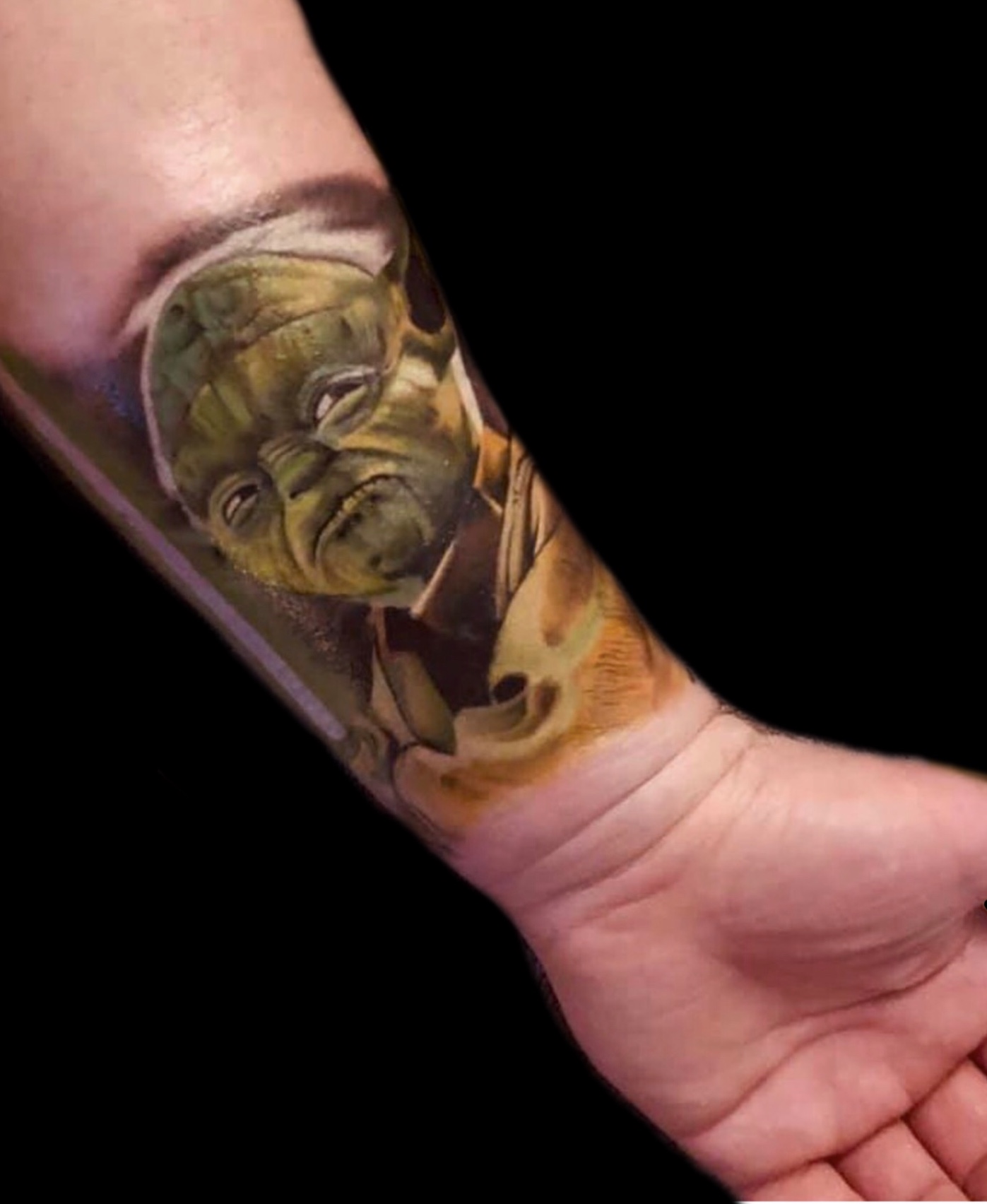
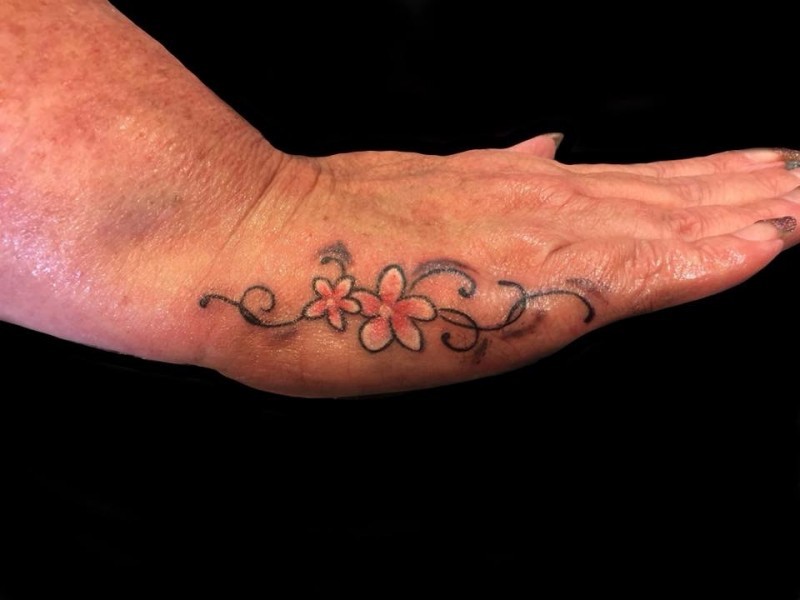
What this means is that the longer your tattooist has to work on your tattoo, the higher the total cost will become.
Also if your looking at custom work rather than stock flash the prices can rise to £50 to £250 per hour.
Instead of pricing by the hour, some tattoo artists will charge per tattoo project, but with this kind of pricing it tends to be stock flash work and even the smallest tattoo can cost you £40 as that’s the lowest fee the tattooist may set-up for.
So if your question is how much does a standard small tattoo cost then this can be answered by set minimum charges of the tattoo shop, which we have established can start at £40 upwards. However, more often than not, even the most prominent tattoo artist in a top tattoo studio cannot quote you an exact price until you choose the design you want to ink on your body.
How much does a full sleeve tattoo cost?
from wrist to shoulderYour question almost has the same answer as “How much is a sack full of groceries?” It really depends on where you make your purchase and what’s in the sack (or sleeve).
Purchasing a tattoo is the same as making any other investment into art. Sometimes you can find an incredible artist at very reasonable rates and sometimes you can buy a polished turd for tourist prices.
Many people spend far too much on sleeves or other large scale tattoos that they will forever remain unhappy with by starting out with the exact same question you have. “How much?” Because, with that mentality, the next logical move once you receive the answer is to look for it somewhere else for less.
Price shopping for tattoos usually leaves you in a subpar artist’s chair receiving subpar art and tattoo services. Then what do you have? A sleeve that you're unhappy with.
After a few years of looking at other sleeves that are far better most people choose to go to another artist to try and salvage the bad decision they made years earlier.
The smart ones have done their research and decided on a competent artist the second time, but, the truth of the matter is, at this point the tattooist is entering a fight with one arm tied behind their back.
Cover ups and reworks never turn out the same quality as a tattoo that starts with blank skin. Success is determined by whether or not the tattoo looks better than it did before, not by completion of original intent.
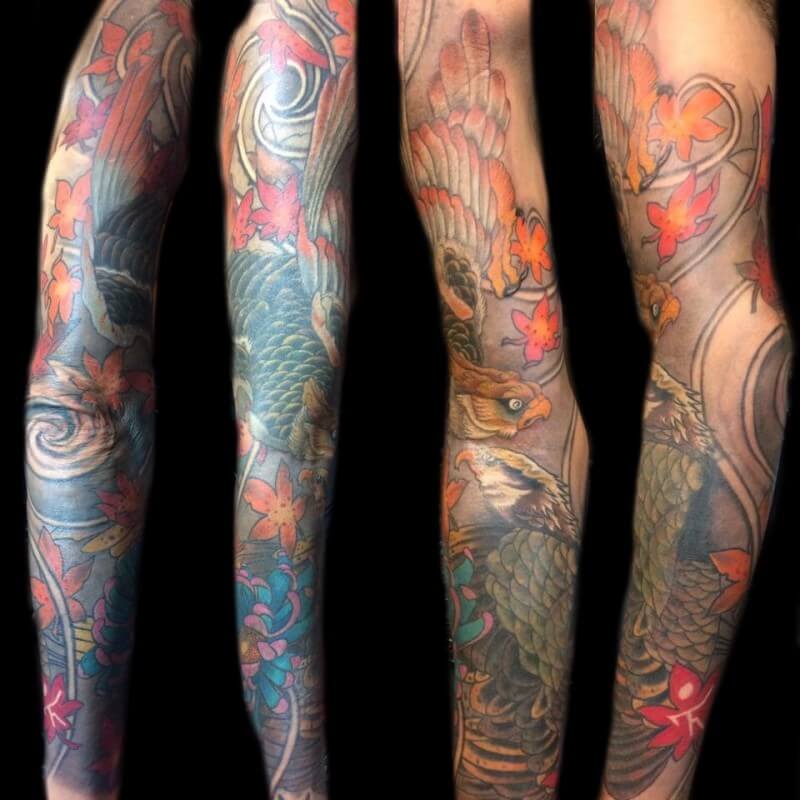
I can assure you, the best way to get an answer to your question and a quality tattoo is to decide what you would like your sleeve to look like.
Think style (e.g. Traditional Japanese or Americana, colour or black and grey, realistic, geometric, etc) think theme, think subject matter. Then spend hours and hours scouring the internet and social media sites looking at hundreds of tattooist's work.
This is a much easier task today than say 20 years ago when you physically had to travel shop to shop to look at portfolios.
Don't bother looking at the artists location, aeroplanes make the world a very small place, and when you find the artist that you want, I promise no distance is too great! You have your entire life to wear this tattoo and you shouldn’t sell yourself short. Make sure that every time you look at your forearm you're satisfied.
Tattoos are the only thing you have with you for the rest of your life, everywhere you go until you die. It amazes me what some people will spend on shoes or holidays and then bargain shop for a tattoo.
After you have all of the above determined, contact the artist you’ve chosen and ask about their preferred method of appointment consultation.
Please keep in mind that many quality tattoo artists eat sleep and breathe their jobs so sometimes answering emails takes a little time, especially older artists who have been tattooing longer than the internet has been around.
Many artists work 8-12 hours a day at the studio then go home to paint or draw for the following days/weeks, so sometimes you need a little patience and persistence.
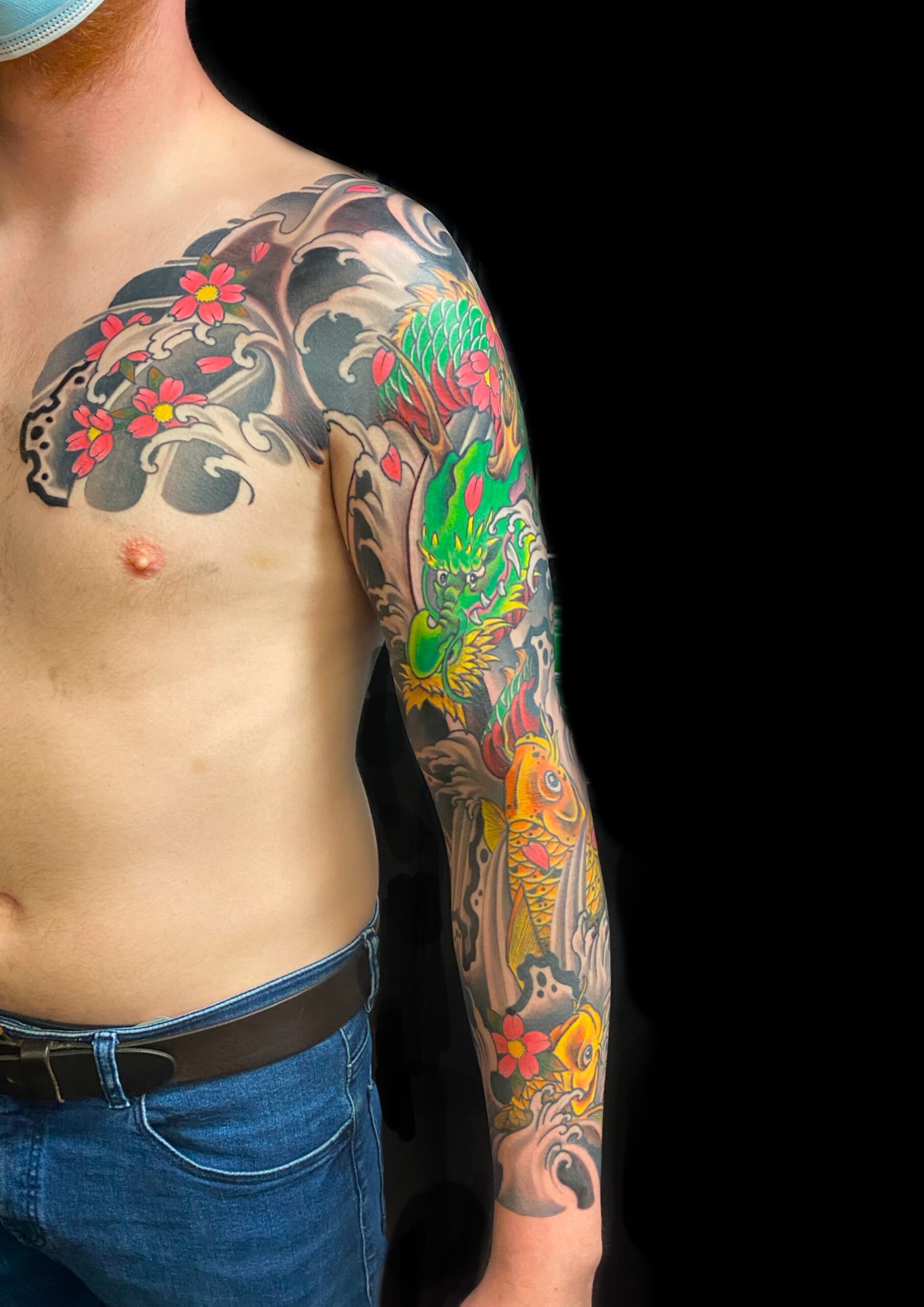
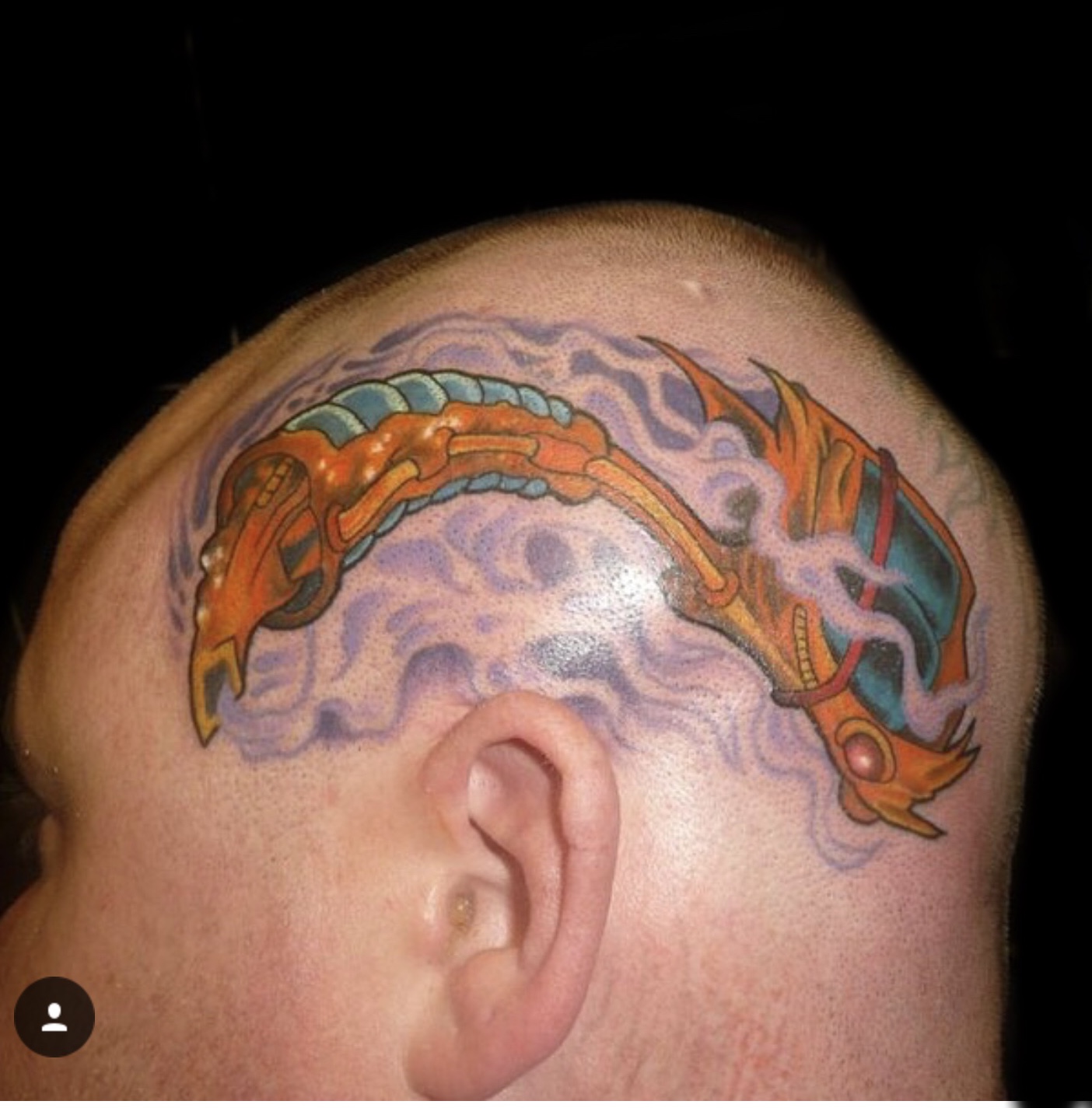
During your consultation, after you've discussed your ideas you'll have the opportunity for “How much?” But most artists prefer it if you're a wee bit smoother, asking “What’s your hourly rate?” and “Roughly how many sessions do you think this will take and how many hours will we be working per session?”
If this exceeds your projected budget this is the time to to mention it and discuss other options. Be honest and upfront with what you have to spend.
Most good artists that I know aren't crooks, they just want what they have determined their work is worth. Some adjust this by the laws of supply and demand and others keep a set rate their entire career.
Every artist is different, and as always in the art market it’s buyer beware. Do your homework before you purchase.
Frequently Asked Questions
when it comes to tattooing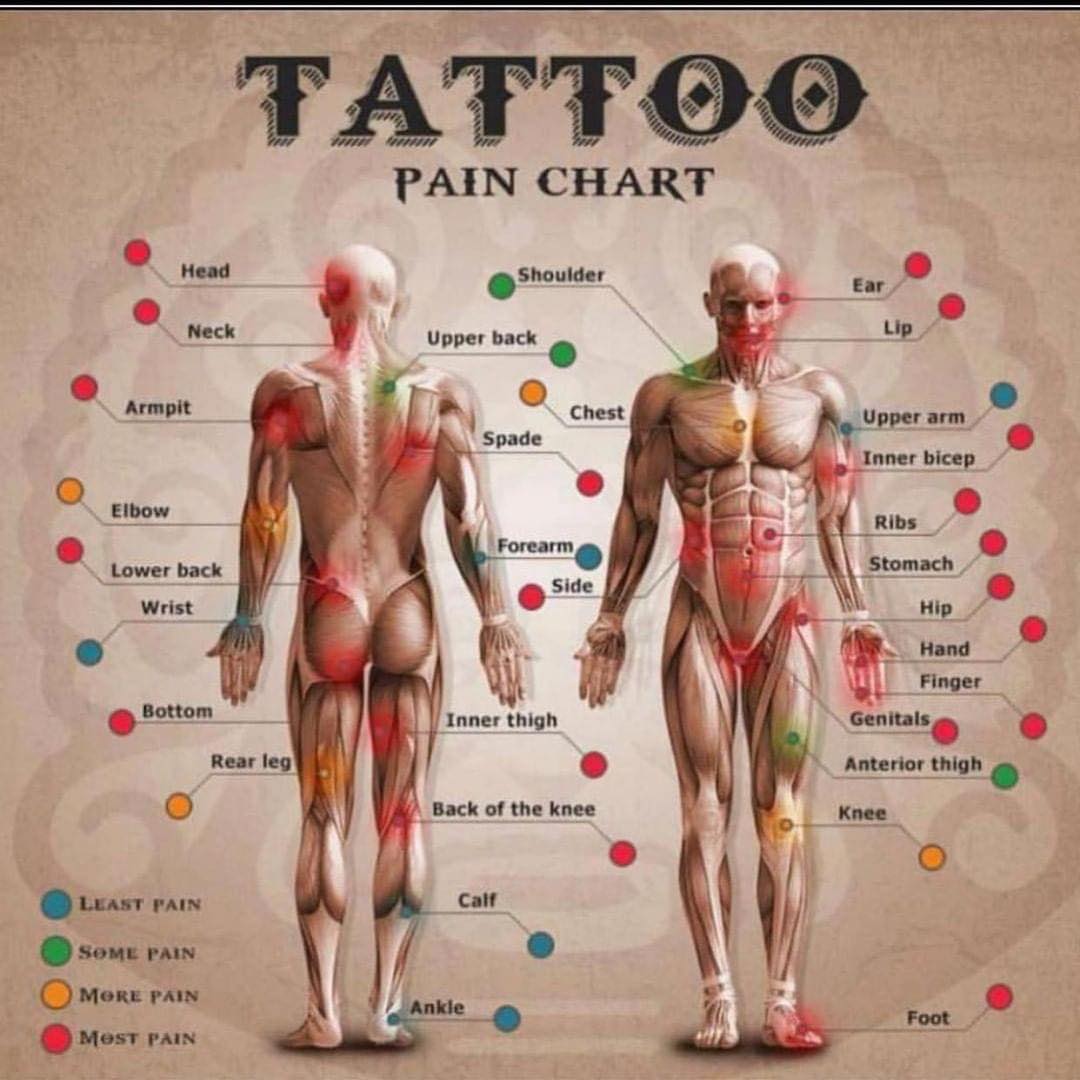
Is it really painful?
What scares you?
Needles, blood?Probably the most popular question when it comes tattooing - is it painful?
Lots of people avoid getting tattooed because of the pain. Some are getting used to it, some are trying to find some anaesthetics to prevent the pain, especially on long sitting sessions. But, there is no correct answer for this question. It depends on an individual person's pain threshold and immune system.
Sometimes the location of the tattoo is a big factor in how much it hurts. Some body areas are more painful than others e.g. stomach, back of knees, armpit, inside of elbow, nipples, lips, inside of thighs and genitals.
Probably the first 60 seconds on the tattoo chair are usually the worst, and then, when you realize it's not that bad, you calm down and the rest is smooth sailing.
The tattoo machine works with needles moving in an up-and-down motion, carefully pushing the ink just below the surface of the skin.
The damage to your skin is so minimal many people don't bleed at all - or very little. The tattoo artist will also be constantly wiping your skin to clean off any traces of blood, so it's kept very clean and professional. Excessive bleeding usually only results when the customer has been drinking alcohol or taking some kind of blood thinner (like aspirin).
So Which body areas
hurt the most?The centre back, front or side of thighs and shoulders are also not too bad for your first tattoo.
The shoulders and central back region move a lot so the skin is looser meaning it takes longer to tattoo and also longer to heal. Areas with lots of movement such as these, require more care once a tattoo is completed. Due to the thigh area being quite a dense muscle mass and also quite tight skin, it may tend to bruise the day after.
Less comfortable areas include the knees, elbows, hands, head, neck, feet, chest and back of thighs. Beginners should be aware of starting in these areas. You would need to be determined to have tattoos here as the high sensitivity would require a lot of mental focus to get you through. The poor quality of skin on both knees and elbows will result in a very slow tattoo process and nerves are very close to the surface in these areas. This could result in the tattooing being unbearable for any length of time for some people.
As with other high movement areas knees and elbows will require a longer healing timescale. You may also find that to achieve a good solid colour, you may have to repeat the tattoo process on these areas.
As a side note the chest area on men can be much more sensitive to pain than a woman, yet due to the tighter skin on a male, the tattoo can be completed quicker.
The most painful areas to tattoo include hips, ribcage, stomach, back of knees, armpit, inside of elbow, nipples, lips, inside of thighs and genitals.
Are you really sure you want to get that tattoo there? These areas can lead to crying, half finished tattoos or even the customer passing out. This could just be more than you may be able to handle.
Stretchy or thin skin over bone are slow areas to tattoo, and may require multiple sessions to achieve solid colour and smooth shading. Healing can be just as painful as receiving the tattoo and may require a few days off from your regular activities.

Some Useful
Tattooing tips- Always eat a good meal before being tattooed and drink plenty of fluids.
- Be sure to get a good night's rest before your appointment.
- Ask what kind of aftercare products you will need when you set up to get your tattoo.
- Mention any allergies you may have, pigments, dyes, perfumes etc
- Some medication may thin your blood, check with your doctor before being tattooed.
- Anyone with an autoimmune disorder needs to check with their doctor and should bring a note to be tattooed.
